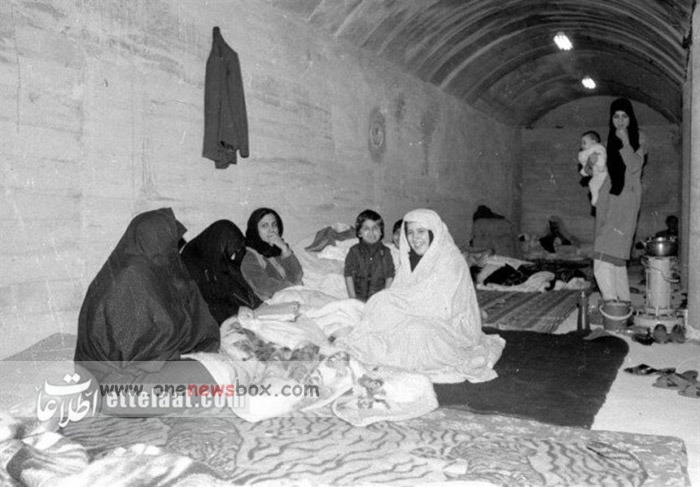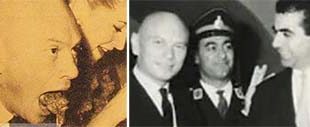Early Days of the Conflict
Initially, Iraqi forces made significant advances, capturing several towns in southern and western Iran. The Iranian regime responded by mobilizing its population and framing the war as a struggle between right and wrong. Ayatollah Khomeini proclaimed it as a holy war that would only end with the fall of Saddam Hussein and the establishment of an Islamic state in Iraq.
International Responses and Failed Peace Efforts
Six days after the war began, the United Nations issued its first resolution (Resolution 479) calling for an immediate ceasefire. Between 1980 and 1988, eight resolutions were issued, but Iran rejected most of these, as none proposed a formal declaration identifying Iraq as the aggressor or offered reparations for the invasion. Other international organizations, including the Organization of Islamic Cooperation and the Non-Aligned Movement, also proposed peace plans. Iraq generally agreed to these, while Iran refused unless its demands for regime change and accountability were met.
This stalemate reflected deeper ideological tensions. Iran refused to accept a ceasefire that left Saddam Hussein in power and did not recognize Iraq as the aggressor. Its leaders argued that accepting a neutral peace would legitimize Iraq’s aggression and dishonor the sacrifice of the millions of Iranians mobilized for the war.
The Turning Point and Final Resolution
The war gradually became an attritional conflict marked by extensive use of trench warfare, air raids, and missile attacks. In its second year, Iran launched counteroffensives, pushed into Iraq, and attempted to capture Basra, Iraq’s second-largest city. These efforts came at an enormous cost. The “human wave” attacks launched by Iran often suffered three times the casualties of Iraq, with the highest losses recorded in attempts to capture Basra. These offensives shaped the character of the war, making it a bloody stalemate.

